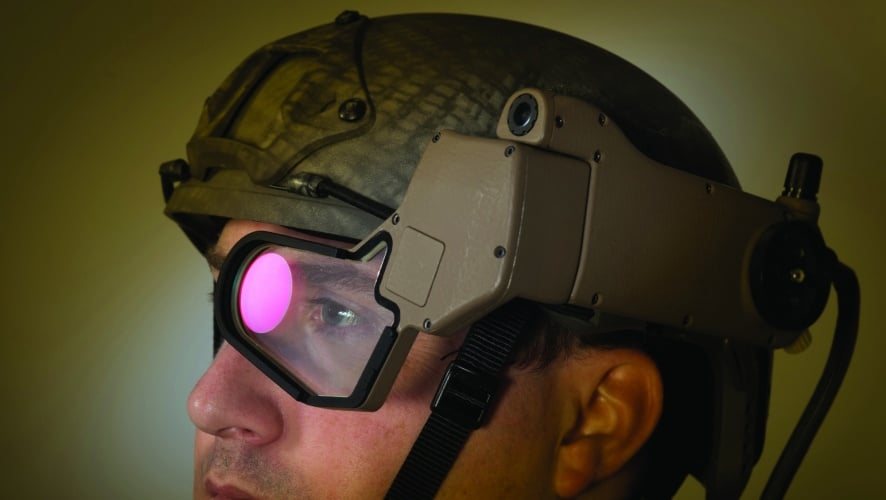Warfighter wearables: how advanced display technology is shaping the soldier of the future
Augmented-reality displays — that enhance a user’s view of the world with useful information on everything from an assailant’s body temperature to the velocity of an incoming missile — have been a staple of science fiction movies for decades.

But thanks to recent technological advances and reductions in cost driven by an emerging consumer market, the capabilities of augmented reality (AR) and virtual reality (VR) technology are increasingly catching up with the Hollywood vision.

And in the world of defence, where an uncertain world is driving a host of complex operational and training requirements, VR and AR tools are becoming increasingly useful and important.
Virtual reality technology has actually been used by the defence industry as a training tool for some time. Indeed, back in 1980 the US Army enlisted experts from gaming firm Atari to develop a training system for its Bradley fighting vehicle based on the firm’s vintage Battlezone shoot-em-up.
But while such early systems were fairly primitive, and not widely used, advances in processing power and display technologies over the course of the last decade or so have ushered the technology into the military mainstream.
Register now to continue reading
Thanks for visiting The Engineer. You’ve now reached your monthly limit of premium content. Register for free to unlock unlimited access to all of our premium content, as well as the latest technology news, industry opinion and special reports.
Benefits of registering
-
In-depth insights and coverage of key emerging trends
-
Unrestricted access to special reports throughout the year
-
Daily technology news delivered straight to your inbox











UK Enters ‘Golden Age of Nuclear’
Apologies if this is a duplicate post - a glitch appears to have removed the first one: > While I welcome the announcement of this project, I note...